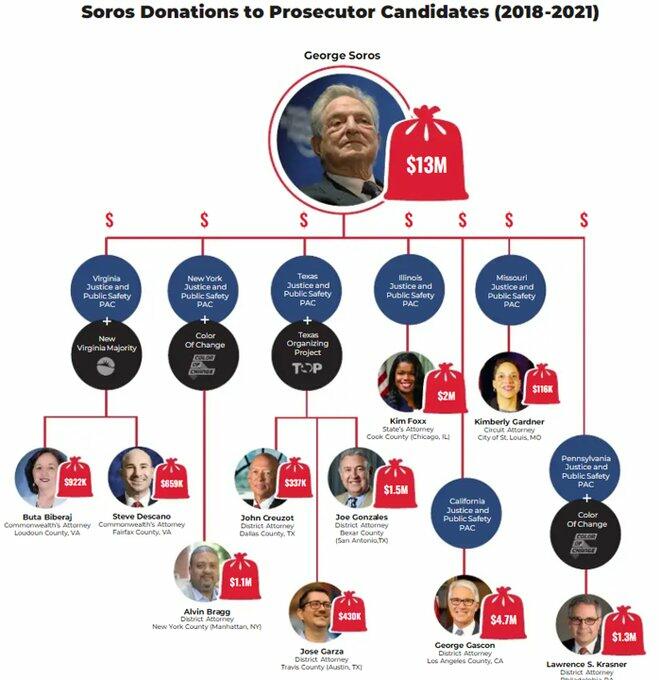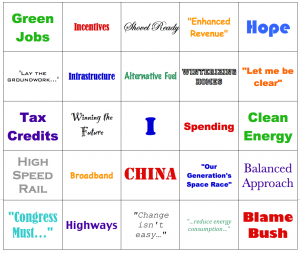Construction projects are undertaken within a legal and regulatory system that presents persistent, costly obstacles, while projects are being overseen by agencies who lack the resources and in some cases even the expertise to manage them.
Sepulveda’s numerous lawsuits and stakeholder conflicts are an example of a phenomenon that can be traced back to the passage of the National Environmental Policy Act (NEPA) in 1969. NEPA mandates developers to provide environmental impact statements before they can obtain the permits necessary for construction on huge swathes of infrastructure.
Shortly following the passage of NEPA, California’s then-governor Ronald Reagan signed the California Environmental Quality Act (CEQA) into law, which required additional environmental impact analysis. Unlike NEPA, it requires adopting all feasible measures to mitigate these impacts. Interest groups wield CEQA and NEPA like weapons. One study found that 85 percent of CEQA lawsuits were filed by groups with no history of environmental advocacy. The NIMBY attitude of these groups has crippled the ability of California to build anything. As California Governor Gavin Newsom succinctly put it, “NIMBYism is destroying the state.”
It is also destroying the U.S.’s ability to build nationally. The economist Eli Dourado reported in The New York Times that “per-mile spending on the Interstate System of Highways tripled between the 1960’s and 1980’s.” This directly correlates with the passage of NEPA. If anything, the problem has gotten worse over time. Projects receiving funding through the $837 billion stimulus plan passed by Congress in the aftermath of the financial crises were subject to over 192,000 NEPA reviews.
The NEPA/CEQA process incentivizes the public agencies to seek what is often termed a “bulletproof” environmental compliance document to head off future legal challenges. This takes time, with the average EIS taking 4.5 years to complete. Some have taken longer than a decade. A cottage industry of consultants is devoted to completing these documents, earning themselves millions in fees.
The NEPA consultants are just one of the numerous types of consultants that benefit from the way we build. Most infrastructure in the U.S. is built through a huge number of state and local agencies: for example, there are 51,000 community water systems alone in the U.S. This decentralized structure makes it much more difficult to develop the depth of expertise needed to manage the complexities posed by megaprojects. Often, the multiple public agencies that are involved with projects also have overlapping authorities, creating bureaucratic delays and slowing decision making.
The expertise problem is compounded by the fact that agencies are often staffed with a workforce of people either just at the beginning of their careers or near the end of them. Those at the beginning tend to leave if they are ambitious, which leaves senior positions in the hands of agency lifers. Because of this dynamic, and the fact that it is not economically feasible to have the wide range of expertise needed in-house, public agencies employ engineering consulting firms. These firms fill a valuable niche. If you are building a complex project—say, a long-span bridge or a desalination plant—you want advice from someone who has designed and built dozens of them. The problem arises when you become too dependent on such advice.
The High-Speed Rail project was undermined by such a failure. At its peak, the agency responsible for the project, the California High-Speed Rail Authority, had fewer than 30 permanent employees managing the $105 billion project. Instead of hiring staff, the Authority relied heavily on outside consultants. These consultants were well paid, with the primary consultant compensation for HSR at $427,000 per engineer, compared with the Authority’s in-house cost of $131,000 per engineer. This structure creates a principal-agent problem where they are incentivized to maximize their billable hours. As a California State Auditor assessment of the project noted, consultants “may not always have the state’s best interest as their primary motivation.”
This lack of in-house institutional expertise leads to bad decision-making. Bent Flyvbjerg, a professor at Oxford University who has written extensively about megaprojects summarized the problem when asked about California’s HSR project: “If you depend on consultants to know what you are doing then you are in real trouble…a good balance is where the owners are not outsourcing all the knowledge. A bad balance guarantees a bad outcome.”
The pitfalls of this lack of balance appeared before large parts of the project began. In 2014, Dragados, the contractor for a 63-mile section of the HSR, proposed radical design changes that they projected could save $300 million. The fact that Dragados’s bid was $500 million lower than its competitors and that it rested upon a design concept that had not been thoroughly vetted should have caused alarm. As a senior engineer who worked on the original environmental compliance document for HSR and reviewed the concepts told the Los Angeles Times, “it is mind-boggling they would entertain some of the things that Dragados proposed.”
Dragados’s approach may have been driven by the fact it didn’t have the experience of its competitors; it had never built a rail project in the U.S. before and needed an edge to be selected. It was a measured risk because it knew there were ways to limit its financial exposure if its design ideas didn’t work. A Los Angeles Times investigation of the project in 2021 found Dragados had issued 273 change orders for additional payment and had completed less than 50 percent of its planned work four years after its section was supposed to be complete. Its design ideas had been almost completely abandoned as unworkable and Dragados’s section of the work was $800 million over budget.
The principal-agent problem arises with union construction labor as well. Skilled union workers, such as electricians and carpenters, make solid hourly wages, but their pay really explodes with overtime. A 2011 study by the Real Estate Board of New York found that some union crane operators made up to $500,000 a year in pay. Union contracts mandate unnecessary positions as well, to the benefit of its members. The same study found 50 workers in unnecessary positions such as relief crane operators on the World Trade Center Project, including 14 unproductive employees making $400,000 a year at the project.
Similar statistics can be found on other projects; an investigation into the costs of the East Side Access rail project in New York, which cost nearly $3.5 billion for each new mile of track, found that only 700 of the 900 workers being paid on the project were needed. A TBM, which is largely run automatically and typically staffed with under 10 people, ostensibly had 25 or 26 people working on it. Because you can’t drill without a TBM, and you can’t build a high-rise without a crane operator, these union workers have inordinate power.
A common retort to the claim that union labor drives up costs is that other countries, especially in Europe, have both high union participation and lower project costs. But it is widely recognized in the industry that unions increase project labor costs by 20 to 25 percent on average in the U.S.
The fundamental problem isn’t unions per se, but rather the way that unions operate within parts of the U.S. system. The Netherlands has strong unions, but the Port of Rotterdam has been automated to an extent that has proven impossible in the U.S. due to union resistance. As the president of the International Longshoremen’s Association, Harold Dagget, recently put it, his union will “fight tooth and nail” against further automation in the U.S. Any attempt at real construction innovation runs into similar barriers at every level of the system. There are too many layers of permission needed to innovate, including groups whose interests run counter to innovation.
Innovation in physical work ultimately means substituting or complementing labor through technology to improve productivity. If your pay depends on overtime, you want inefficiency. The average dockworker at the Port of Los Angeles makes over $100,000 a year, largely due to overtime. The majority of foremen and managers earn more than $200,000, and the mariners who guide ships in and out of the port average nearly $450,000.
The result is that innovation is inhibited by both labor resistance and a decentralized government bureaucracy that has neither the incentives nor the capability of driving real change. Perhaps it should not be shocking that U.S. construction productivity has fallen by half since the 1960s according to research conducted by the consulting firm McKinsey.


 labor force pushed unrate up to still low 3.9%.
labor force pushed unrate up to still low 3.9%. 

 (@neontaster)
(@neontaster) 
